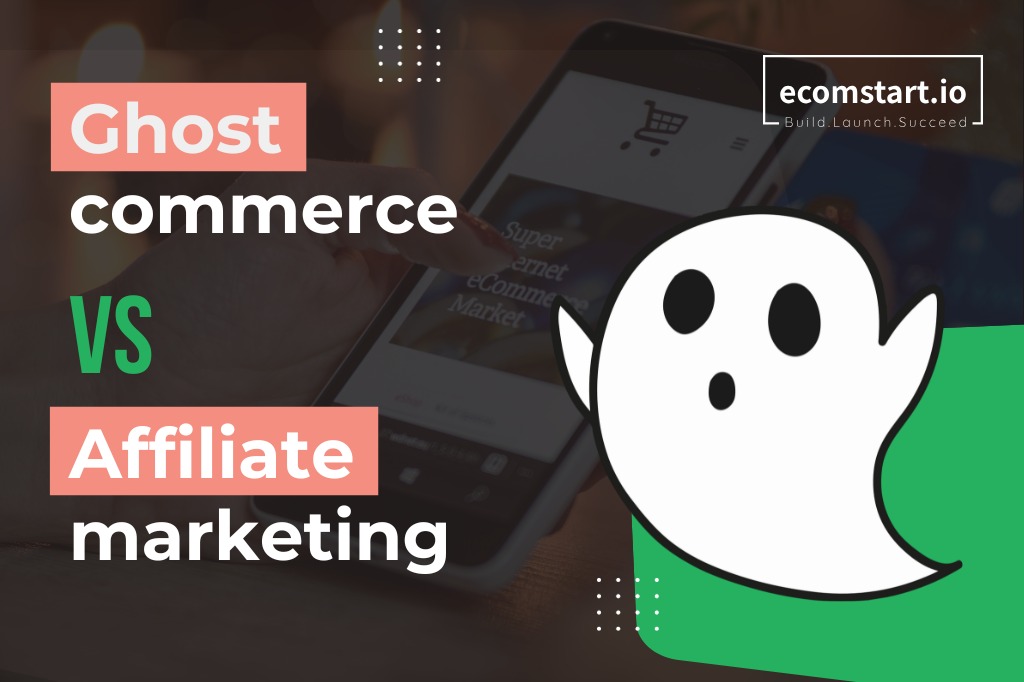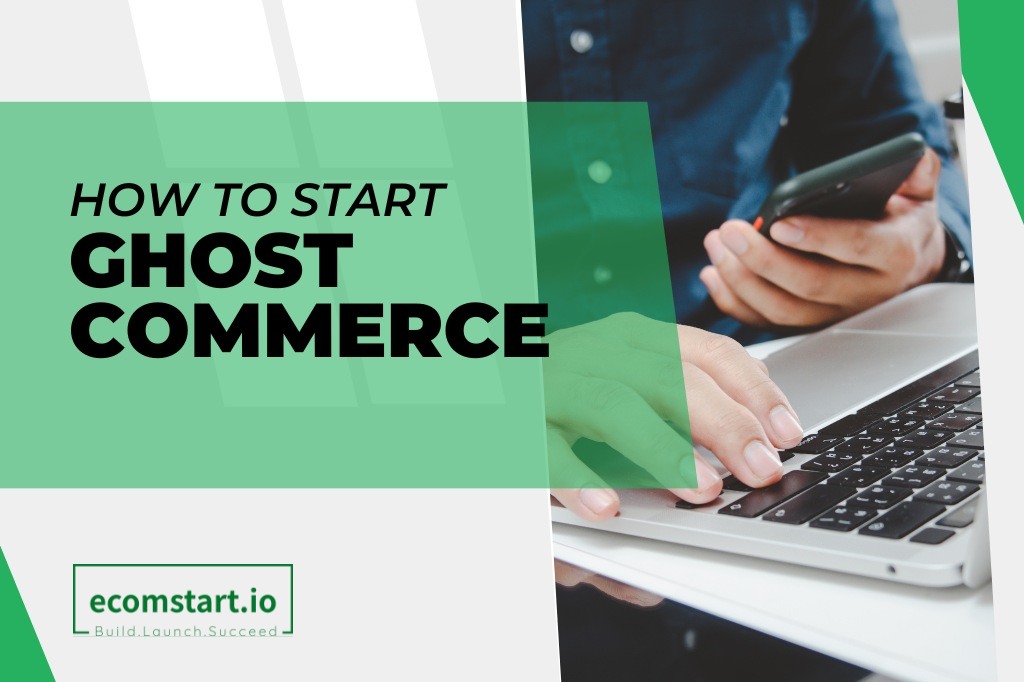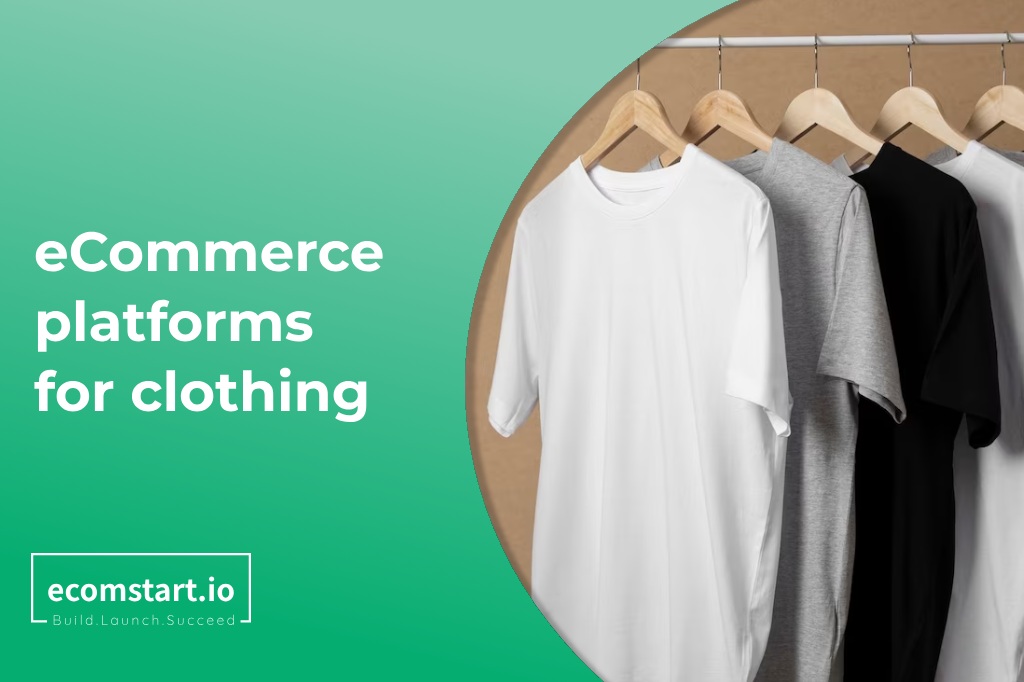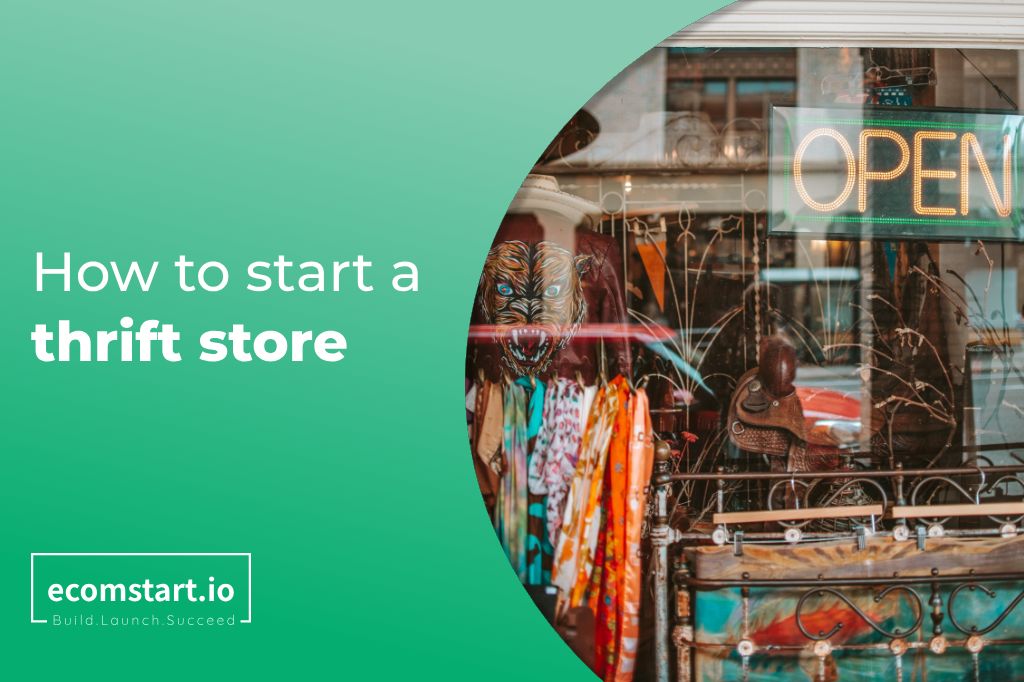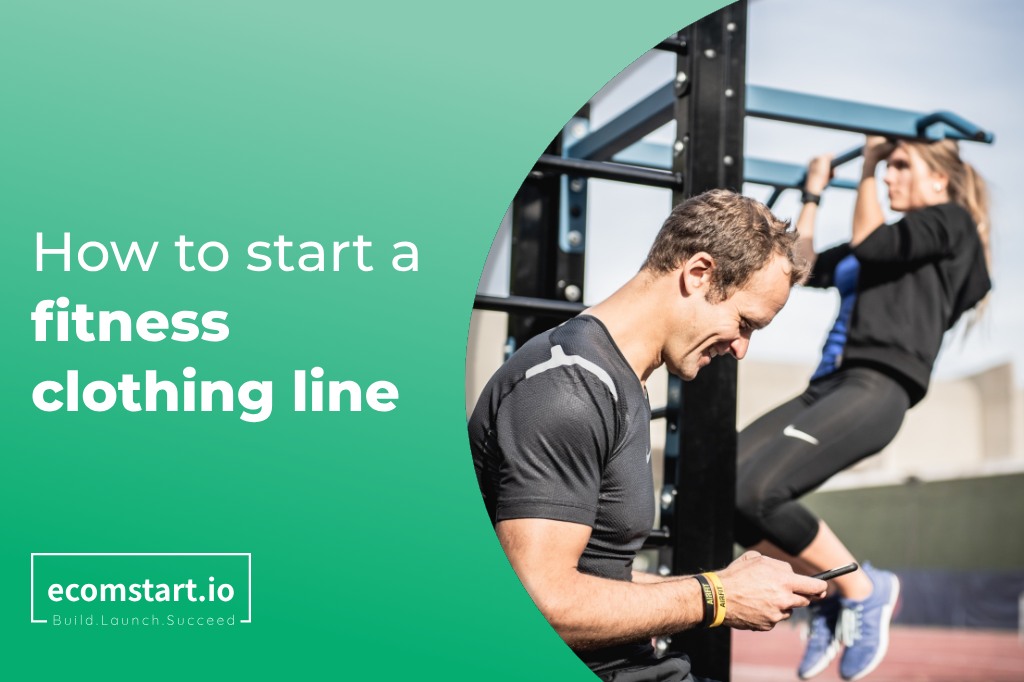Temu has taken the world by storm, but it’s far from the only option. In 2025, shoppers and dropshippers alike are exploring other affordable platforms that offer more features, better tools, or faster delivery. If you’re looking for reliable, low-cost shopping apps like Temu for dropshipping, this guide reviews the best alternatives available! What Makes […]
5 Ways To Find TikTok Creative Center Products For Dropshipping
The TikTok For Business Creative Center is a powerful tool that assists creators and entrepreneurs in maximizing this social media platform’s billion users. From the most popular tools to strategies for their effective use, we’ll discover how to find the winning TikTok creative center products for dropshipping. Product research is much easier if you know […]
Ghost Commerce vs Dropshipping: What’s the difference? [2024]
We often hear about dropshipping in recent years as an easy-to-start business idea. However, have you ever heard about the term “ghost commerce”? They both allow entrepreneurs to sell products online without the hassle of physical inventory management. However, are they exactly the same? If not, when it comes to ghost commerce vs dropshipping, which […]
Ghost Commerce vs Affiliate Marketing: Key Differences Nobody Tells You [2024]
In recent years, the term “ghost commerce” has been in bloom as a trend. The rapid rise of TikTok has more or less brought ghost commerce to a wider audience, especially those looking for a money-making alternative beyond familiar options like dropshipping or affiliate marketing. Some online resources define ghost commerce as a method to […]
How to Start Ghost Commerce? A Beginner’s Guide [2024]
We believe that you have heard about the concept of ghost commerce several times when playing around the business forums. However, do you know how to start ghost commerce? And once this thought might pop into your mind in one second, the chance to change your business life is also on the way! What are […]
What is Ghost Commerce? An Explanation for Beginners [2024]
Have you ever heard of the concept of ghost commerce? Or have you ever searched for what is ghost commerce but are too confused with messy data on the internet? If so, don’t worry. We are here to help you take it easy to explore the definition and key characteristics of ghost commerce, as well […]
How to Sell Clothes Online on Shopify [2024]
In the US eCommerce market, fashion is among the two most popular categories, which accounts for 21% between 2022 and 2023. According to Statista, it is forecast to reach $900 billion by 2024. People are searching for clothes to stay on the trend and to look confident in this dynamic world. Thus, though it is […]
How to Choose the Best eCommerce Platform for Clothing [2024]
eCommerce revenues in the fashion industry are expected to rise from $180.5 billion in 2021 to $295.7 billion by 2025. In the US market, this number is also anticipated to increase, at least through 2027. Not to mention that impulsive purchases are typical behavior in online clothing shopping and the growing trend of reselling in […]
How to Start a Thrift Store: Idea to Online Success
Did you know that the global market value of pre-owned apparel was $177 billion in 2022 and is predicted to double in the next five years, reaching $351 billion by 2027. Hence, the idea of launching a thrift store still sounds like a potential and lucrative deal you should definitely consider. With that being said, […]
How to Start a Fitness Clothing Line [2024]
Greetings from the era of a healthy and active lifestyle. Fitness apparel is thriving in the market at present because they no longer remain confined to the gym and sports alone. The sportswear industry’s market size is expected to increase by almost a third before 2028. Therefore, if you would like to go for this […]





